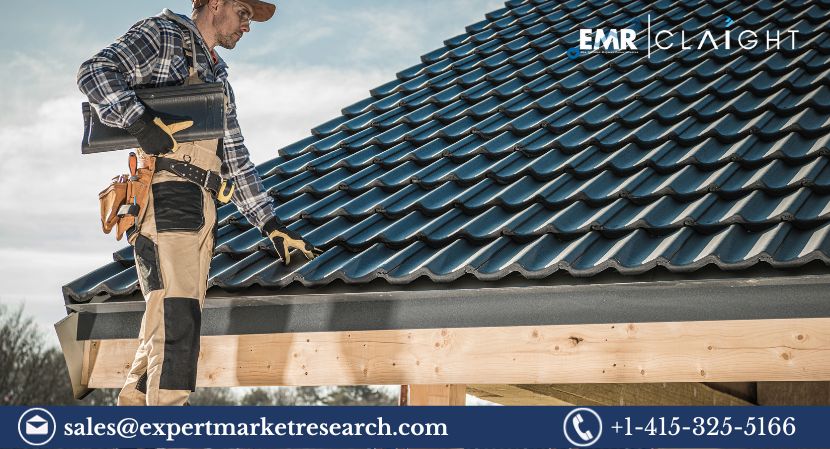Manufacturers can produce seamless tubes and pipes from different materials. They need high-grade metals to produce these pipes. Different grade offers different benefits and features. These features determine what purposes the pipes and tubes will serve.
Pipe fabricators primarily choose between carbon, galvanized, stainless, and alloy steel to produce seamless pipes. While each type of steel has certain qualities, their grades also vary.
Let us take a look at some of the steel types that manufacturers choose to produce seamless piping solutions.
Stainless steel:
Stainless steel is the most common form of alloyed steel. Chromium and carbon, along with other alloying agents, form stainless steel. Stainless steel contains 10-20% of chromium, giving them the shine and luster we see. Hence, line pipe manufacturers choose stainless steel to produce seamless pipes with an aesthetic look and feel.
Stainless steel pipes are also more robust than other types of seamless pipes. Chromium reduces corrosion, as we know. Also, the shine we see in stainless steel results from chromium. It is essential for steel pipes to resist corrosion and offer superior strength. These factors are essential for specific industries, such as oil and gas, water purification systems, the maritime sector, etc.
These industries typically choose stainless steel pipes and tubes. Manufacturers use stainless-steel grades 304/304L and 316/316L to produce these pipes. While 304 grade exhibits excellent corrosion resistance and strength, 316 steel grade gas has a low carbon rate. Hence, 316 stainless steel grade has less strength than other grades.
Carbon steel:
Carbon steel holds almost 90% of the total steel pipe production. Carbon steel is cheaper than stainless steel. Hence, most industries choose carbon steel seamless pipes over stainless ones. Carbon steel pipes consist of a lower number of alloying elements. However, they are not exemplary for high-pressure applications. Instead, you can use them in less demanding applications that can do with weaker pipes.
Since the machinability and mechanical properties are sufficient, they might cost a little less. Industries prefer them in low-stress applications.
The lack of alloying elements keeps the suitability of carbon steel low for extreme and high-pressure conditions and applications. Even under high-loading conditions, carbon steel pipes offer durability. The primary reason to prefer carbon steel for conduits is its advanced flexibility and the non-bending nature of loading. Automotive, petroleum, and marine industry heavily relies on carbon steel pipes. They use these seamless tubes and pipes for interior use without encountering extremely corrosive substances or environments.
Alloyed steel:
As you can guess from the name, alloyed steel is a type of steel that has multiple alloying agents. Even though carbon and stainless steel are also types of alloy steel, alloyed steel is another category of steel. The characteristics of alloyed steel come from the alloying agents suppliers use. Alloyed steel contains nickel, magnesium, copper, etc., which gives it its corrosion resistance and pressure-withstanding capacity.
The alloying agents suppliers use can vary from 1% to 50% based on the weight of the materials. The different alloying elements have various chemical and mechanical qualities. Hence, alloyed steel pipes serve different purposes. Seamless tube manufacturers also alter the chemical composition of steel in accordance with application requirements.
Chemical, petrochemical, petroleum, refineries, etc., industries use alloyed steel pipes, which can withstand even under unstable conditions.
Galvanized steels:
Galvanization is a process in which manufacturers coat metal pipes with zinc. Zinc naturally does not react with oxygen as carbon and stainless steel. Hence, coating pipes and tubes with zinc makes the pipes last longer.
Zinc also prevents corrosive elements from directly contacting stainless or carbon steel. As a result, it is safe for industries to use galvanized steel in corrosive environments. Even though zinc reacts with oxygen and produces zinc oxide, it is much slower. Hence, galvanized carbon steel seamless pipes last for years in comparison with non-galvanized pipes.
Galvanized pipe was previously the most popular type for water supply lines. However, it takes time and labor to produce galvanized pipes. Also, the cutting, threading, and installing processes are more challenging in galvanized pipes than in other types of pipes. Even repairing these pipes can be costly and time-consuming.
However, galvanized pipes still find usage in different sectors. These pipes can range in diameter from 12 mm (0.5 inches) to 15 cm (6 inches). They can be 6 meters (20 feet) in length. Prominent commercial applications for water delivery choose galvanized pipes and tubes.
However, even with zinc coating, the pipes and tubes last for not more than 40-50 years. Consider it a significant drawback since the price of the pipes is higher. Galvanized pipes generally start to erode from the inside. Seamless tube manufacturers apply galvanized coating on the outer surface of the pipes. Hence, the inner surface comes in contact with the corrosive elements. Therefore, regulating and upgrading galvanized steel pipes during specific periods is essential.
Pipe types:
There are two types of pipes that manufacturers produce using different metals. These two types include seamless and seamed pipes. You may know seamed pipes as welded pipes. Manufacturers produce them by rolling metal sheets into tubular shapes.
On the other hand, manufacturers produce seamless pipes from solid metal billets. In both cases, manufacturers can choose galvanized, carbon, stainless, or alloy steel to produce these pipes.
Both pipes offer certain benefits in terms of longevity, costs, availability, and reliability. However, the metals that pipe suppliers choose can make a difference in the performance of the pipes.
You can choose seamless tubes and pipes if you want the conduits to last long while maintaining reliability. Both welded and seamless pipe fabricators can make excellent quality, dependable, and corrosion-resistant steel pipes. They primarily consider the application criteria and financial factors when choosing a pipe type.







